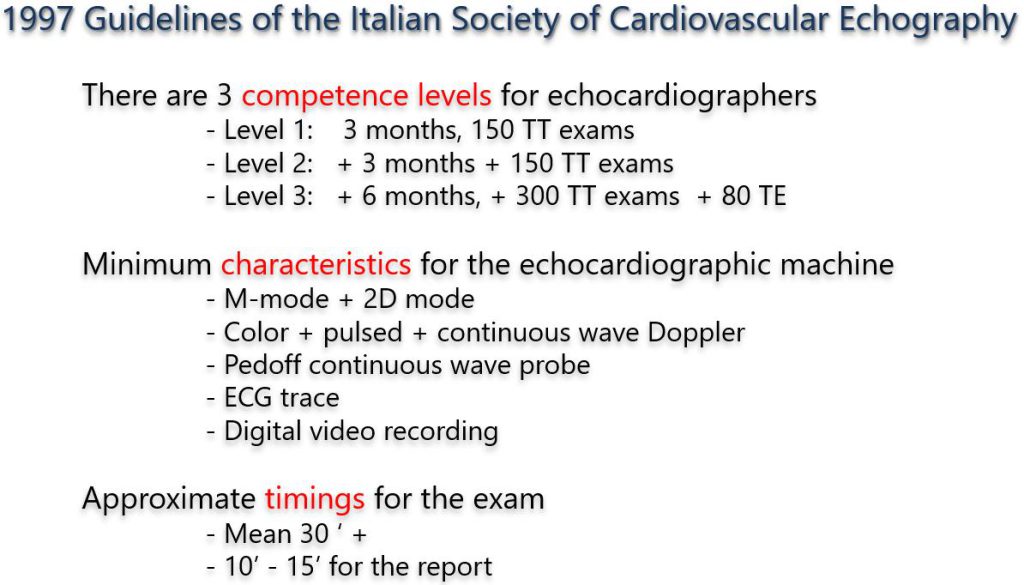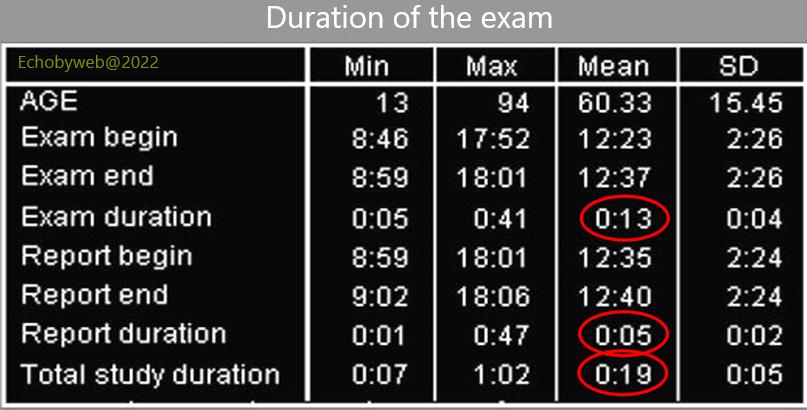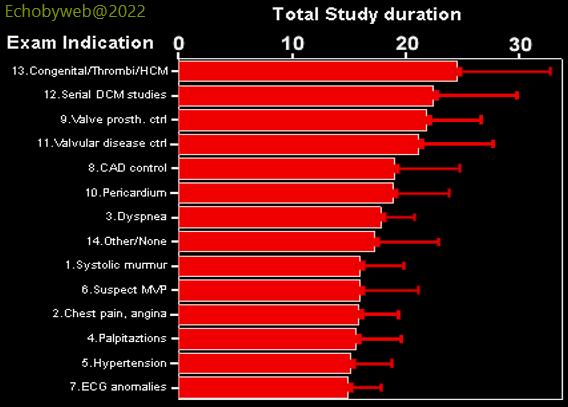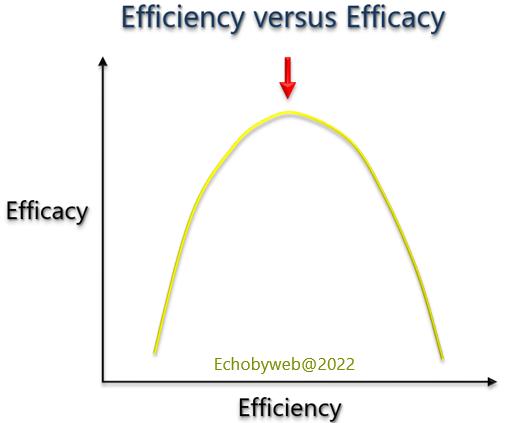[Page 3]

In 1997, the SIEC (Italian Cardiovascular Echography Society – today SIECVI) published a consensus document describing competence levels for (cardiologists) operators, minimum requirements for echocardiography machines, and time requirements to perform a complete echocardiographic examination.
In those same years, a study performed at my previous Institution (Centro Cardiologico Monzino, IRCCS in Milano, Italy, CCM) described the “effective time” employed to perform a complete echocardiographic examination, by “unstressed” (*) trained and experienced operators (cardiologists), in an outpatient setting of a third level cardiology center (CCM).
* Unstressed operator (cardiologist): when the duration of the echocardiographic examination is decided by the cardiologist and not by the hospital management (latter case is not infrequent in Italy, especially in the private setting).


Table 4 and Figure 5. Study population: 824 outpatients (both first diagnosis and follow-up exams). The different exam indications are shown in Figure 5. The mean exam duration (scan time) was 13±4 minutes with a total study duration= 19±5 minutes (imaging recording + report), the latter ranging from 16 minutes (indication: ECG abnormalities) to 24 minutes (indications: congenital heart disease / search for embolic sources / hypertrophic cardiomyopathy) (Figure 5).
Exam setting:
1. Separate room, quiet environment, 1 bed, 1 echocardio machine, 1 PC
2. Nurse assisting patient undressing/dressing and acquiring basic patient history;
3. All measurements performed during the exam
4. The report is performed on a PC-based database with possibility to review previous reports (but not imaging);
5. The report is handed to the patient after the exam.

Figure 6. Plot of Efficacy versus Efficiency in the echocardiography laboratory.
Efficiency is dictated by hospital management, and stems from the imposed ratio= number of patients / time at disposal, for a given shift (example: the morning).
Efficacy is in the will of the operator to follow the current Guidelines (for a complete exam).
Initially, efficacy and efficiency increase in parallel, but when the ratio= number of patients / time at disposal crosses a specific threshold (which varies depending on the experience of the operator), a further increase in efficiency will determine a reduction of efficacy. At the end of the curve (on the right), only garbage will be produced by the echocardiography laboratory.
In this setting, echocardiography can not only have low efficacy but could also be harmful to the patient. Unfortunately, these considerations are not only theoretical.
The main task of the Head of the Echocardiography Laboratory is to have hospital management understand this relationship.